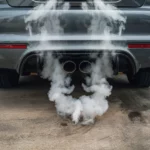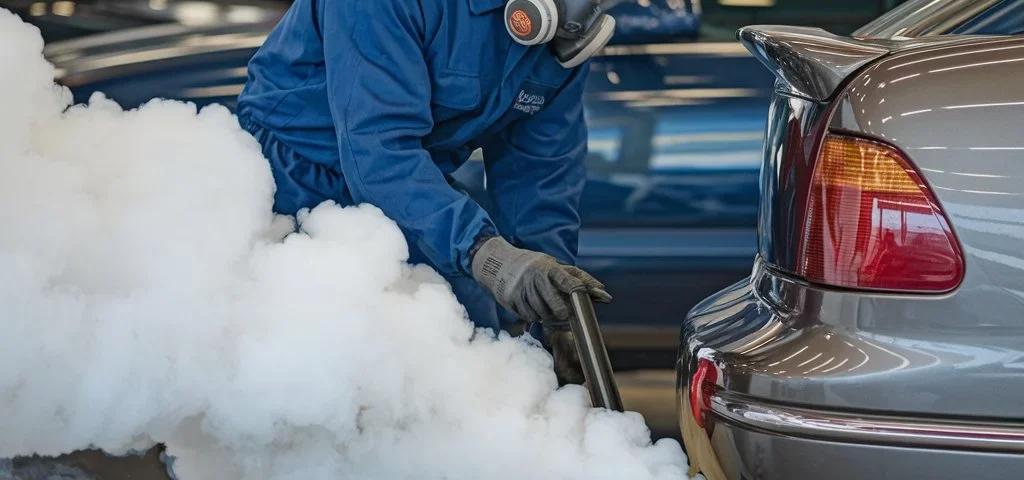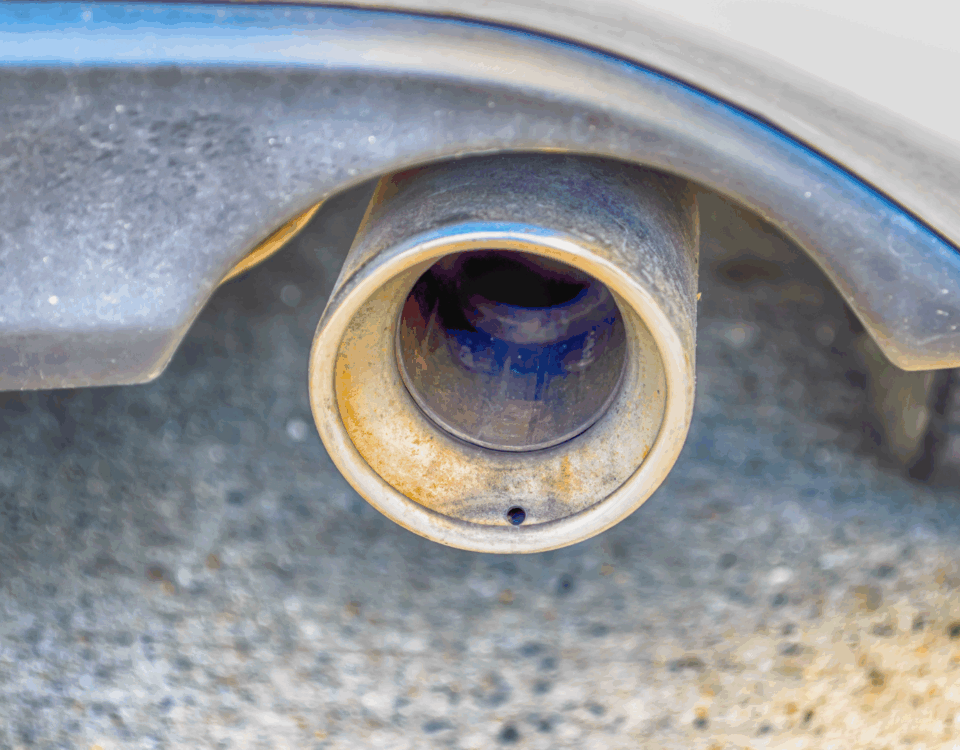
Smog Test Frequency: Understand Your Car’s Requirements
January 16, 2025
Smog Testing Frequency and State Regulations: Answers to Your Questions
January 16, 2025When it comes to vehicle ownership, ensuring your car meets environmental standards is essential. Smog test are a critical part of maintaining air quality and complying with state regulations. This article explores the impact of smog test frequency and regulations on your vehicle, providing a comprehensive understanding of why these tests matter.
Understanding Smog Test Requirements
Smog tests are mandated by many states to minimize air pollution and promote cleaner environments. These inspections are designed to evaluate the amount of pollutants your vehicle emits and ensure compliance with local air quality standards. The frequency of smog tests depends on your state’s regulations, your vehicle’s age, and its type. For instance, newer vehicles may be exempt for a few years, while older cars often require more frequent testing.
Understanding these requirements is crucial for vehicle owners to avoid fines or registration delays. Regular testing not only keeps your car legally compliant but also identifies potential engine issues that may impact performance.
How Smog Test Frequency Affects Your Maintenance Routine
The frequency of smog tests can directly influence your vehicle maintenance schedule. For states requiring annual or biennial tests, keeping your car in top condition becomes a priority. Vehicles that fail the smog test often have issues such as faulty oxygen sensors, worn-out catalytic converters, or engine misfires—all of which can be costly to repair.
Regularly maintaining your vehicle, including oil changes, spark plug replacements, and air filter checks, reduces the likelihood of failing a smog test. Staying proactive about your car’s health ensures smoother test results and prolongs the lifespan of your vehicle.
The Role of Smog Test Regulations in Environmental Protection
Smog test regulations play a vital role in reducing air pollution. By limiting the emissions from cars, states aim to improve public health and mitigate environmental damage. These regulations are updated periodically, and staying informed about changes is essential for vehicle owners.
For example, stricter emissions standards may require older vehicles to install additional equipment to pass inspections. While these changes may seem inconvenient, they significantly contribute to cleaner air and a healthier community. Understanding the connection between regulations and environmental goals highlights the importance of adhering to smog test requirements.
What to Expect During a Smog Test
A smog test typically involves examining your vehicle’s exhaust emissions and checking the onboard diagnostic system. The process is straightforward but requires proper preparation to pass successfully. Simple steps like warming up your engine before the test and ensuring your gas cap is secure can make a big difference.
If your vehicle fails, you will need to address the issues identified during the test. Many testing centers provide a detailed report, helping you pinpoint problems that need fixing. Once repairs are completed, a retest ensures your vehicle meets all necessary standards.
By understanding how smog test frequency and regulations impact your vehicle, you can stay compliant, protect the environment, and maintain your car’s efficiency. Prioritize regular maintenance and stay informed about local requirements to navigate smog testing with ease.
Read More:
Smog Testing Frequency and State Regulations: Answers to Your Questions






